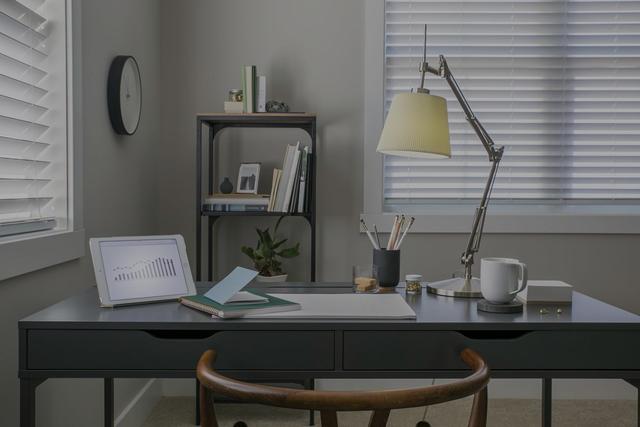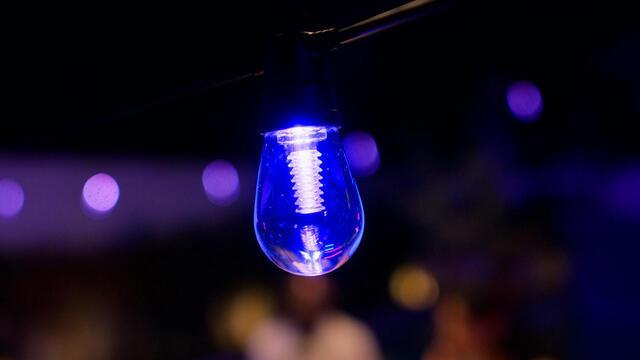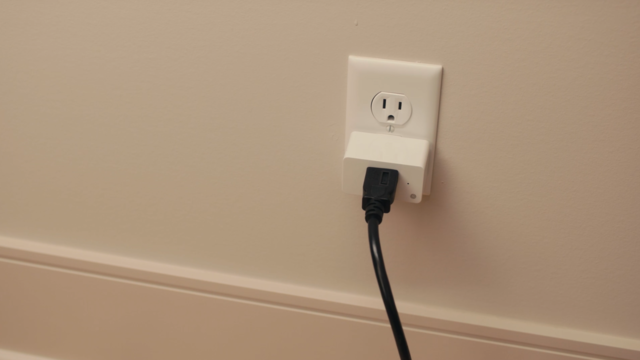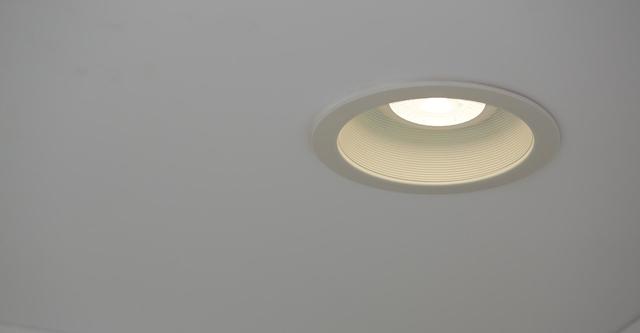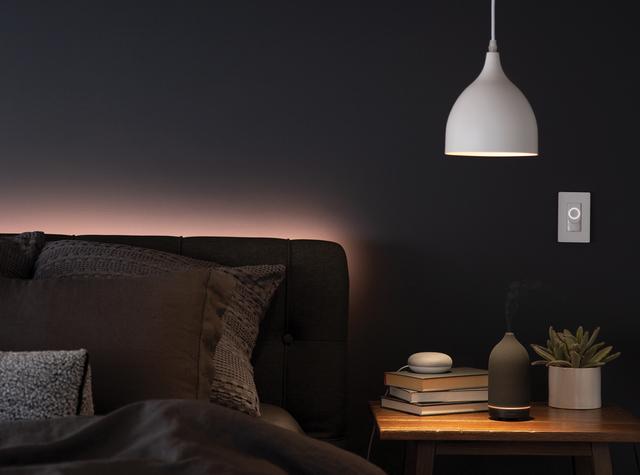This may come as a surprise, but over here, we’re really big fans of lighting! After all, it plays an essential role in interior and exterior design. It’s easy to change up your illumination, and different choices can take spaces to a whole new level.
There are many different types of lighting, and each serves a specific purpose. In this article, we’re going to discuss some of the more common categories: accent, task, and ambient lighting.
What Is Accent Lighting?
Accent lighting is meant to draw attention to specific features. The bright lights create a focal point and can help you highlight cool architectural elements, artwork, antiques, and treasured collections.
Some common examples of accent lighting include track lighting, wall-mounted fixtures, and recessed lighting. Puck lights and smart downlights are also great options that can work almost like individual spotlights. In terms of exteriors, consider LED floodlights, which can drench a single high-traffic spot with a lot of light.
You might already have some of these lighting styles in your home. If they’ve been previously installed, you can always try designing around them and placing your favorite décor accordingly.
The color temperature of accent lighting can change depending on your desired effect. For example, warm white light (around 2700–3000 K) can create a cozy and intimate atmosphere, while cool white light (around 4000–5000 K) can make for a bright and modern feel. When comparing these three styles, accent lighting is typically brighter than ambient lighting, but not as bright as task lighting.
What Is Task Lighting?
Task lighting, as the name suggests, is designed to help people perform specific tasks. It provides concentrated light in a particular area to aid in activities such as reading, cooking, or working. Task lighting should be brighter than ambient lighting and focused on the project or hobby at hand.
Some common examples of task lighting include desk lamps, under-cabinet lighting, rope lights, LED strip lights, and pendant lighting. These fixtures are great because they can be adjusted so that they direct the light exactly where it’s needed.
The color temperature of task lighting should be around 3500–4500 K, which is cooler than ambient lighting. This type of lighting is ideal for higher-energy areas that call for a little more focus—places such as home offices, kitchens, and reading nooks.
What Is Ambient Lighting?
Ambient lighting, also known as general lighting, is usually the primary source of light in a room. It provides overall illumination and makes a big difference in setting the tone for the space. This style of lighting is made to offer a comfortable level of brightness so that people can move around without any difficulties.
Ambient lighting can be achieved through a variety of lighting fixtures, including ceiling lights, wall sconces, and floor lamps. Keep in mind that ambient lighting can also come from natural sources, such as windows and skylights.
The color temperature of ambient lighting should be around 2700–3000 K to create a warm and inviting atmosphere. This type of lighting is ideal for living rooms, bedrooms, and dining areas. Think of it as the perfect option for places where people spend a lot of time—and need to see each other!
What Are the Main Differences Between Accent, Task, and Ambient Lighting?
The main differences between accent, task, and ambient light are where the lighting is to be placed. Or if it’s already installed, consider the best way to meet the light’s specific, intended use.
Accent lighting is used to highlight specific features or areas in a room. It draws attention to the details and can help create an elevated mood. This type of lighting is ideal for living rooms, dining areas, and bedrooms. Their glow tends to be bright but focused in smaller areas.
Task lighting is essential in areas where people are trying to get “in the zone.” Think home offices, kitchens, reading nooks, and places where fresh thinking is a top priority. These lights tend to be brighter and more invigorating.
Ambient lighting should be used in every room to provide general illumination. It sets the tone for the space and creates a comfortable atmosphere. This type of lighting is ideal for social areas. Ideally, it’ll provide a medium glow that is neither too dim nor too bright.
But here’s the best part: you don’t have to pick just one! By using a combination of these three types of lighting, you can create a well-lit and comfortable space that meets your specific needs. We’re excited to see what you do with all this newfound light knowledge. We hope you’ll share the passion with us! Send a picture of your setup via social media, and don’t forget to tag us (@GELighting).
